25 supercars that never made it to the showroom
They were all someone’s dream once – but they all failed to reach critical mass
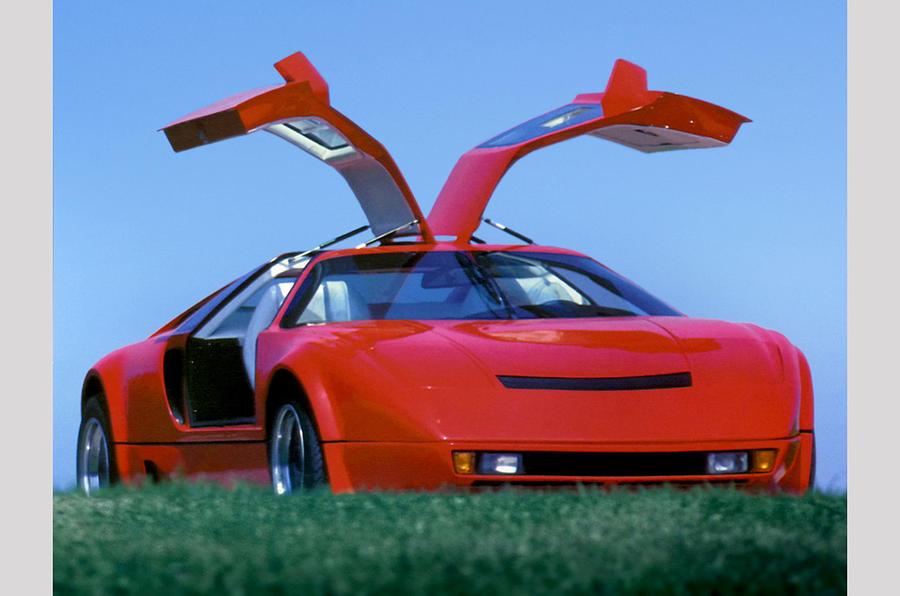
Your support helps us to tell the story
From reproductive rights to climate change to Big Tech, The Independent is on the ground when the story is developing. Whether it's investigating the financials of Elon Musk's pro-Trump PAC or producing our latest documentary, 'The A Word', which shines a light on the American women fighting for reproductive rights, we know how important it is to parse out the facts from the messaging.
At such a critical moment in US history, we need reporters on the ground. Your donation allows us to keep sending journalists to speak to both sides of the story.
The Independent is trusted by Americans across the entire political spectrum. And unlike many other quality news outlets, we choose not to lock Americans out of our reporting and analysis with paywalls. We believe quality journalism should be available to everyone, paid for by those who can afford it.
Your support makes all the difference.Entering the supercar market against the established names is like joining a fixed high-stakes poker game. Even if you’re ready to back your dream with hard cash, the chances are you’re going to lose.
That gloomy prognosis hasn't prevented a stream of hopefuls laying their plans – and sometimes all their worldly goods – on the line in the hopes of making it big.
Some of the names in our gallery of 25 glorious failures will be famillar. Others will get you hatfuls of points in any supercar quiz. Either way, let’s salute the bravery of those who tried to take on the big boys at the supercar game.
Monteverdi Hai (1970)
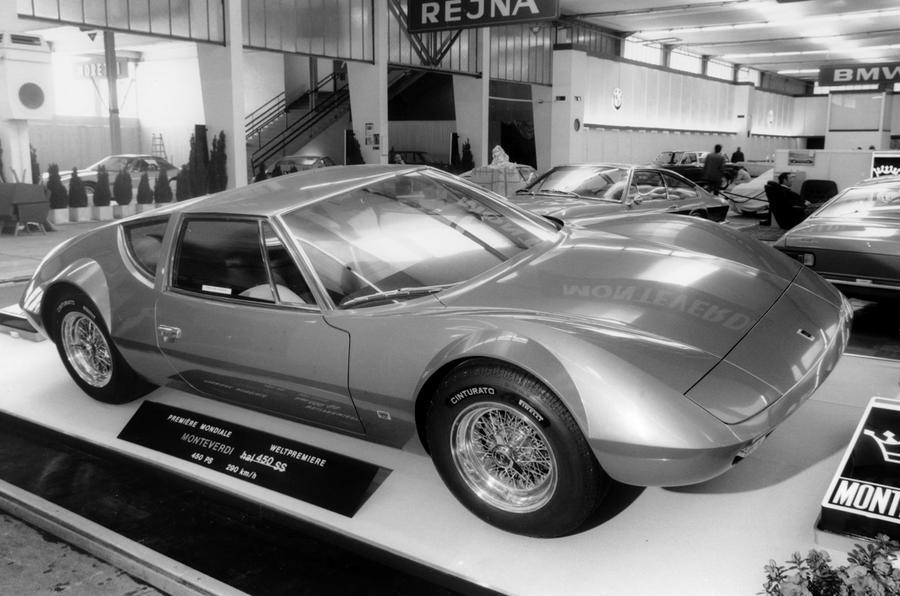
Powered by a 7.0-litre Chrysler Hemi V8, the Hai had 450bhp and a 180mph top speed. It was luxurious but the build quality scuppered it. Either two or four were built: nobody’s exactly sure
Argyll GT (1974)
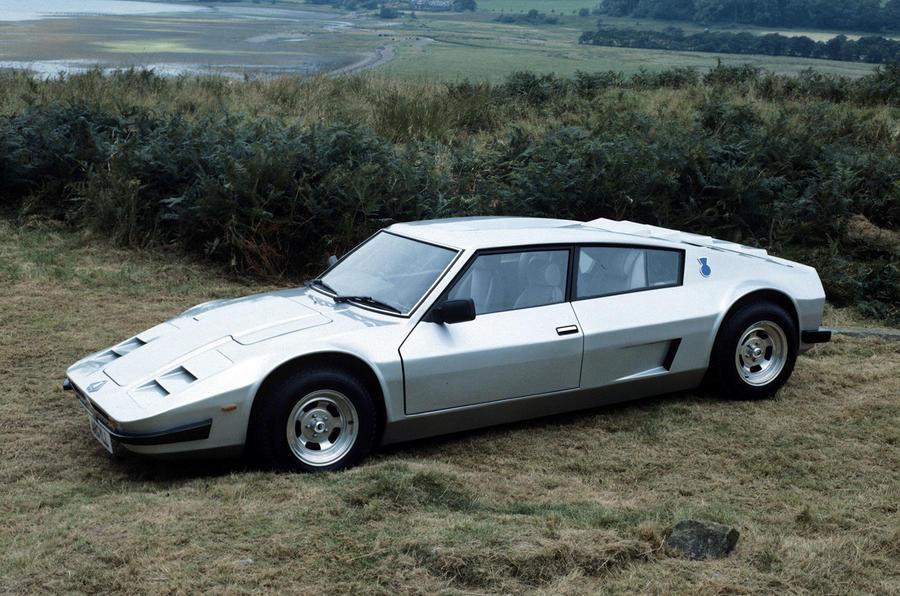
A Scottish supercar? Why not? That was Bob Henderson’s thought in 1974. Unfortunately he reckoned without a global oil crisis which put a 10-year wait on production. The 200mph twin-turbo V8 was then reduced to a single-turbo V6 and interest waned.
Panther 6 (1977)
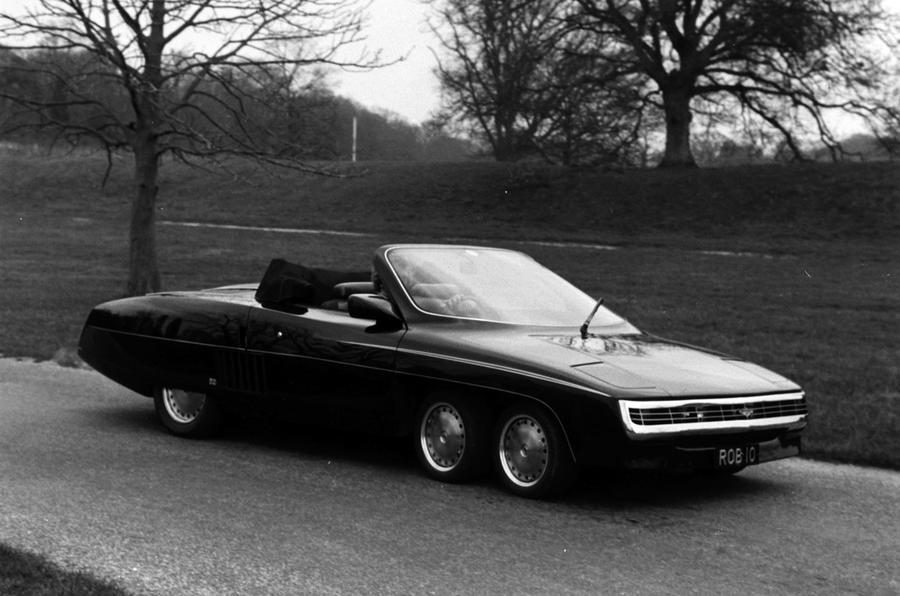
Six wheels, two turbos and an 8.2-litre Cadillac V8 over the back wheels: nobody could accuse the Panther Six of being boring. One of the two that were built is still running.
Vector W8 (1977)
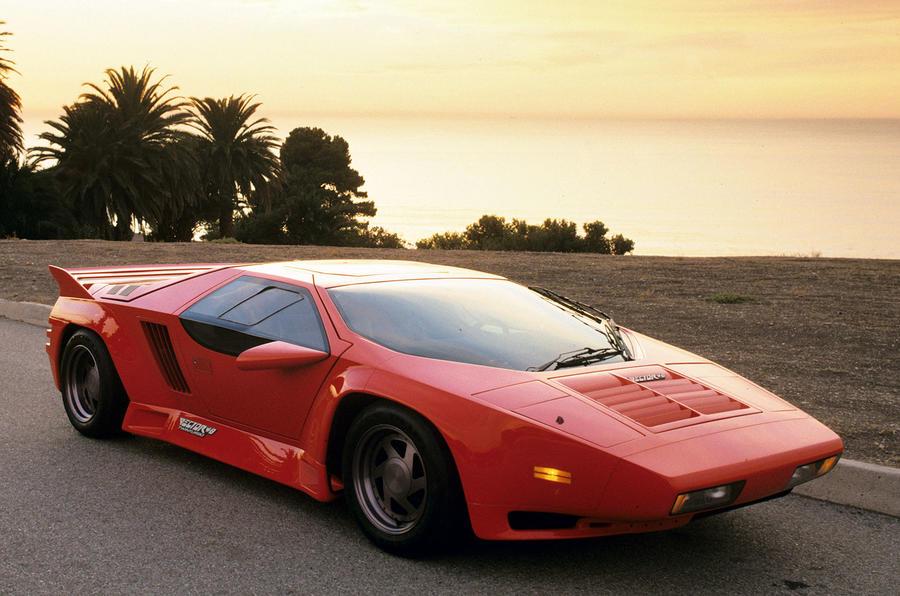
A full 14 years after its launch, the Vector Aeromotive W2 went on sale at US$450,000 (about £236,000 then) with a new W8 name. Coincidentally, 14 of the turbocharged 600bhp 6.0-litre V8s were made before it was replaced by the WX-3 in 1992.
Dome Zero (1978)

The cost of putting the Japanese Dome Zero through home-market homologation tests killed it off. No great loss to performance freaks as the 2.8-litre straight-six only produced 145bhp.
Aston Martin Bulldog (1979)
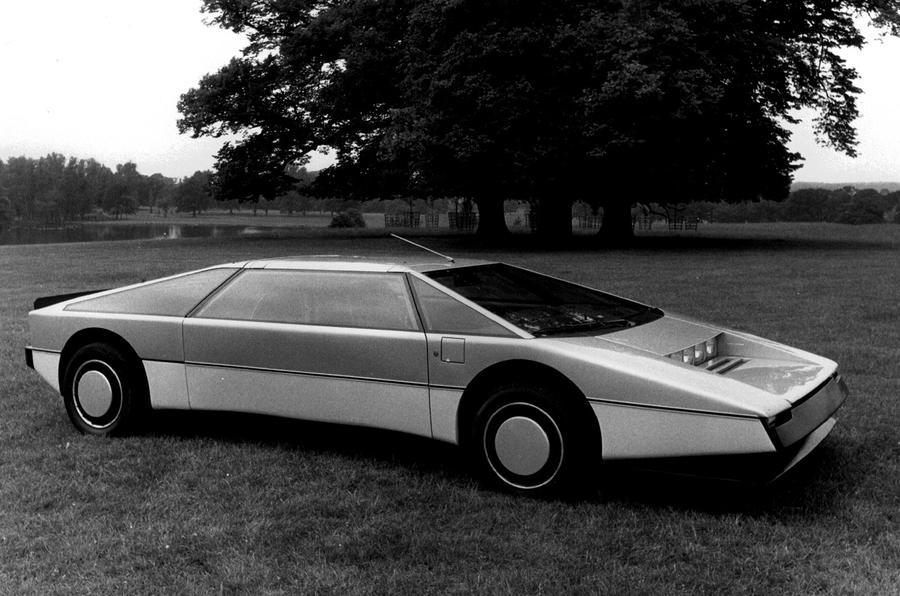
William Towns designed this Bulldog as a potential 200mph car using a 700bhp twin-turbo V8, but the plan to build 25 examples was binned when Aston ownership changed. One Bulldog is still around, in private ownership.
Nissan Mid-4 (1985)

One of three mid-engined four-wheel drive supercar proposals, this 1985 version was powered by a 300ZX engine. Nissan was talking about a 4.5-litre V8 but the 1990 Mid-4 turned out to be the last, killed by a global economic crash.
Kodiak F1 (1987)

Inspired by the Mercedes C-111, Mladen Mitrovic’s 320bhp 5.4-litre Chevrolet V8 powered Kodiak F1 was meant to be able to cruise all day at 170mph all day. The next stage of development was a 5.6-litre Mercedes V8, but it never got there.
Cizeta V16 (1989)
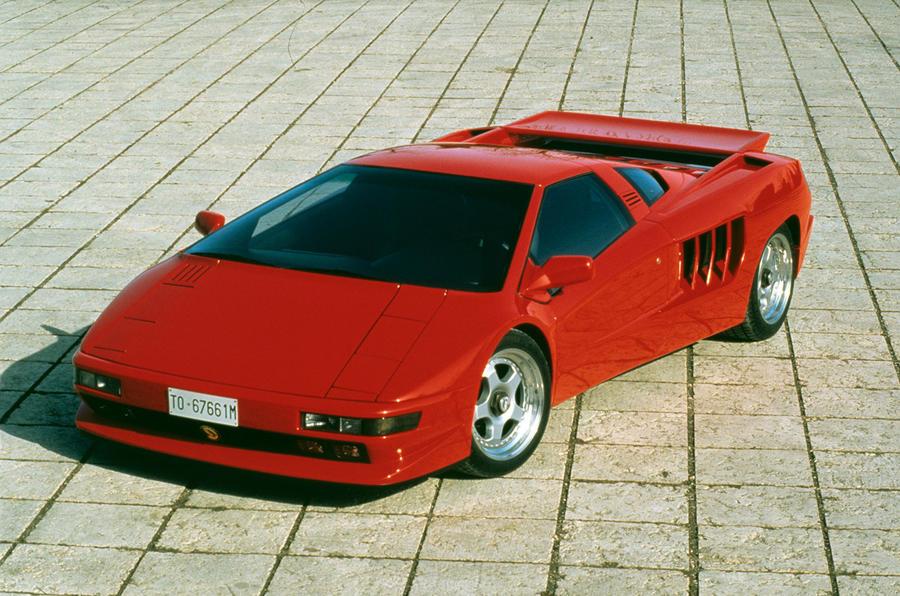
A 560bhp 6.0-litre transversely-mounted V16 engine sounded like enough to take the V16T to over 204mph, but the three-year gap between launch and production was too much to retain the backing of record producer Giorgio Moroder.
Jiotto Caspita (1989)
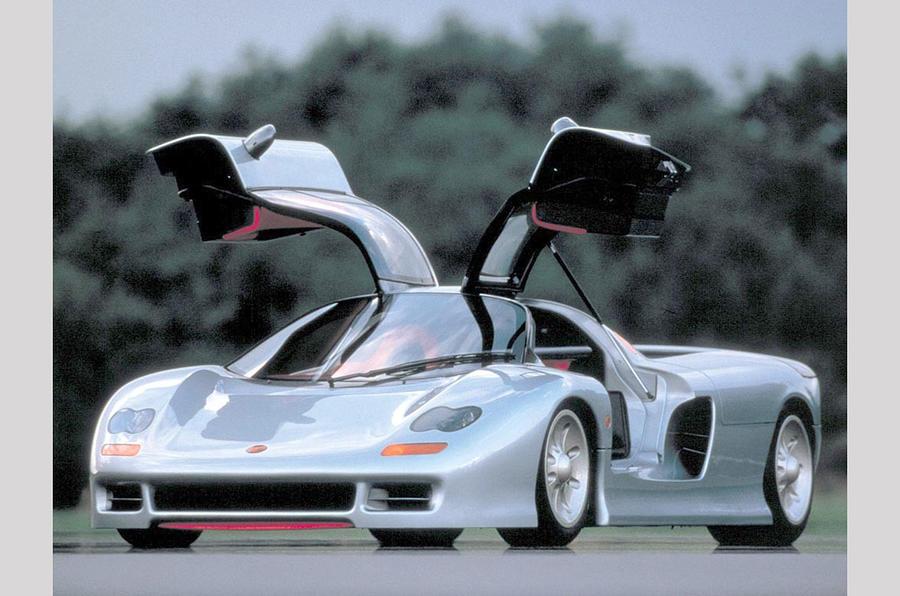
This one wasd supposed to have a detuned Formula 1 V12 engine. In 1990 that became a Judd V10 unit. Either should have taken it to 200mph, but it didn't get past the prototype stage.
Jaguar XJR-15 (1990)
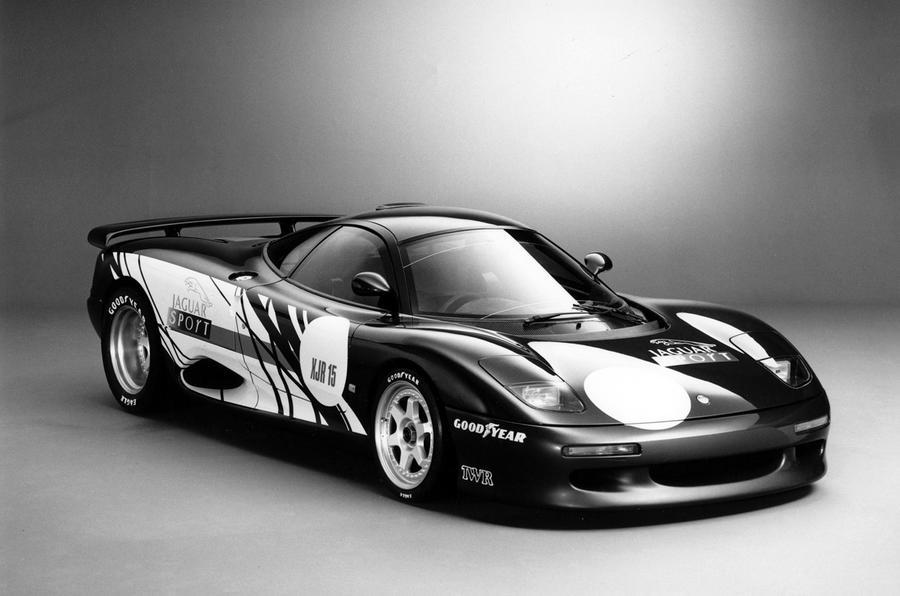
By the standards of this listing, the 450bhp V12 XJR-15 was a success, with 50 of the 191mph cars being built for a one-model Jaguar Sport Intercontinental Challenge race series. Some road cars were built, but the Jaguar XJ220 supercar replaced the XJR-15 on centre stage.
Maserati Chubasco (1990)
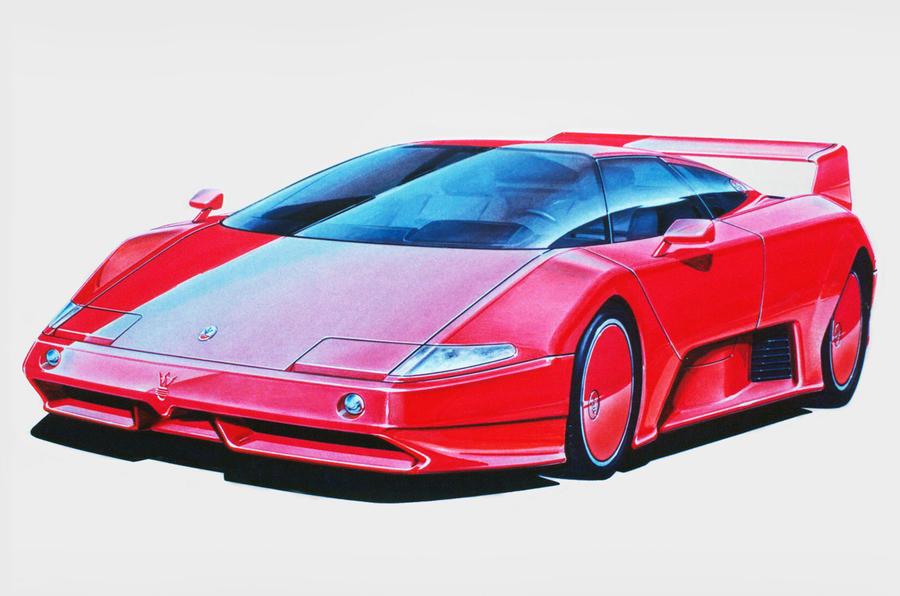
The twin-turbo 3.2-litre 430bhp V8 Chubasco was meant to hit a production number of 450 but it turned out the car was too expensive to produce.
Bitter Tasco (1991)
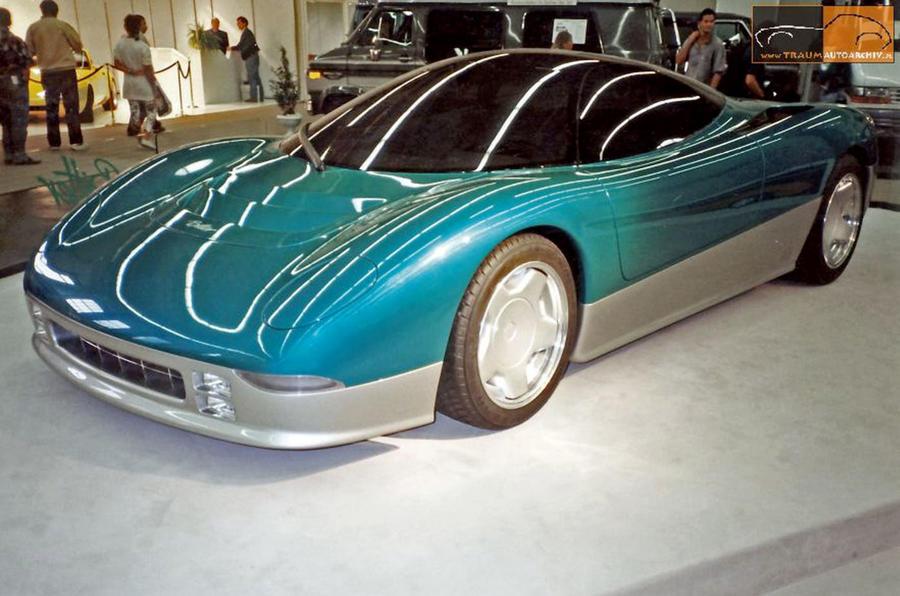
When he wasn’t rebodying Opels, Erich Bitter built the Tasco with British firm MGA Developments. It was designed to take a V8 or V12, or the Dodge Viper’s V10, it but stalled at mock-up stage.
Spiess TC522 (1992)
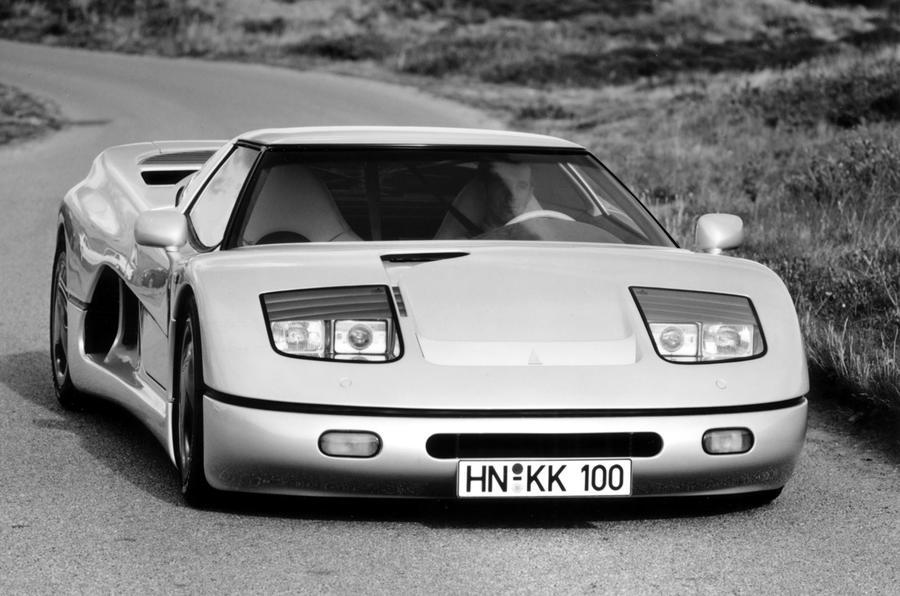
A carbonfibre bodied supercar with a 500bhp twin-turbo 5.7-litre V8 at £362,000 (around US$650,000 then) might seem like a bargain now, but it was too expensive for buyers in the early 1990s.
Yamaha OX99-11 (1992)
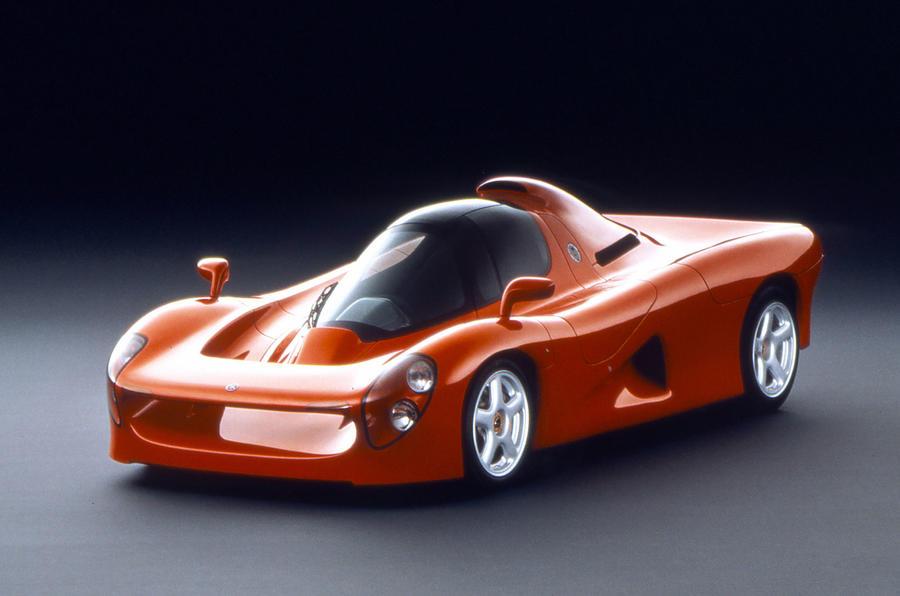
Another F1-engined idea, Yamaha’s OX99-11 had a 420bhp 3.5-litre V12 pinched from early-‘90s Brabhams and Jordans. Only three cars were built, possibly because the price was US$1 million (about £555,000 at the time).
MCA Centenaire (1992)
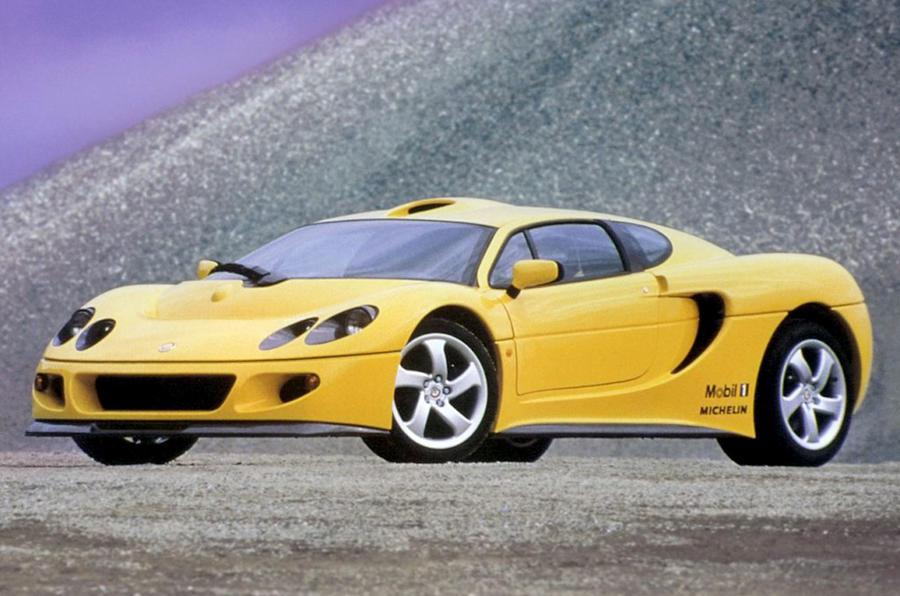
Bought and disastrously relaunched by microcar manufacturer Aixam-Mega as the Monte Carlo you see here, the MCA began life as a $500,000 mid-engined car with a Lamborghini V12 behind the driver. There are rumoured to be six examples.
Isdera Commendatore 112i (1993)
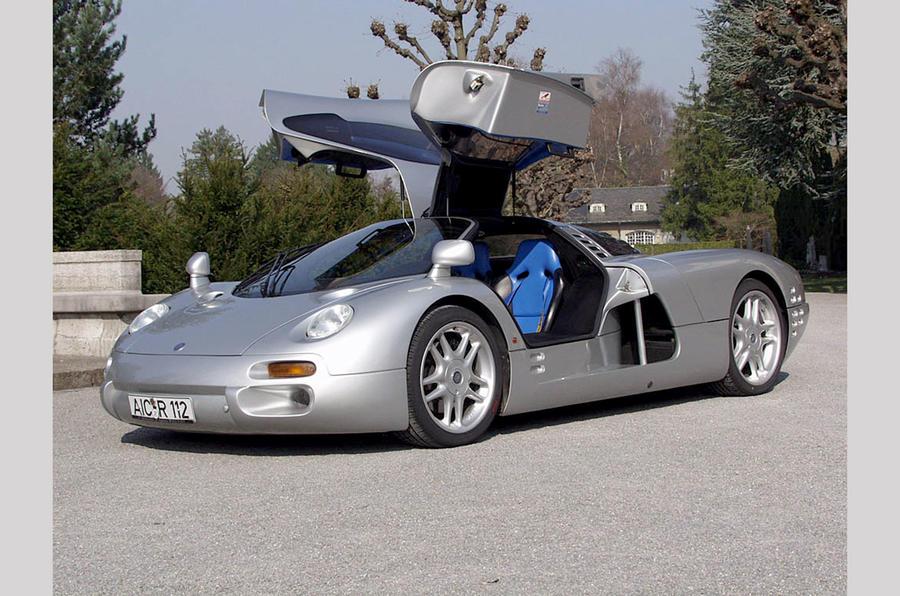
The Isdera Commendatore 112i popped its head up twice but kept going away again before anyone could offer to buy any. If you could have, the price of £500,000 got you a 414bhp 6-litre Mercedes V12 engine and 210mph.
Spectre R42 (1993)
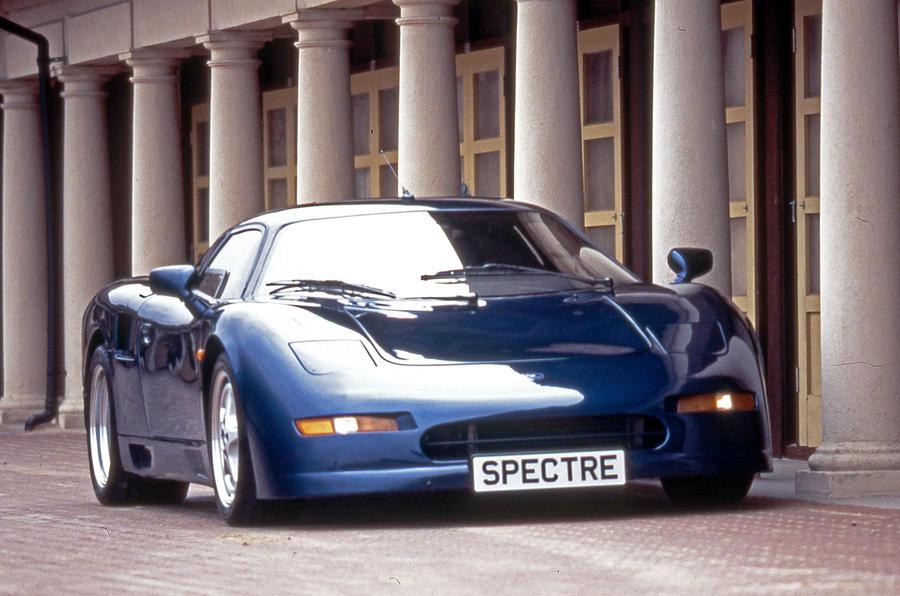
Only one R42 prototype was built before parent company GT Developments went bust. US company Spectre bought the project and talked about 200 cars a year, but just 23 were made before Spectre too went to the wall.
Gigliato Aerosa (1994)
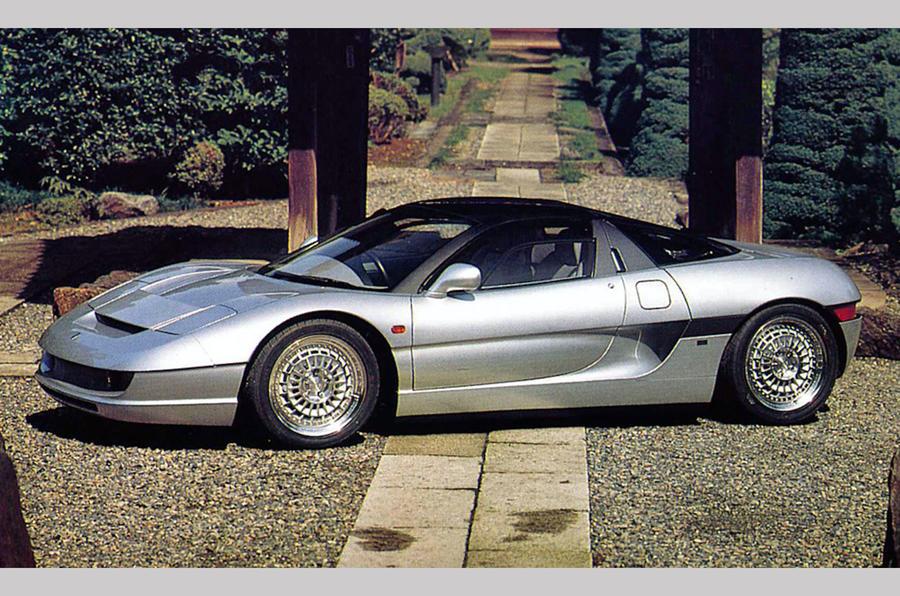
Sounds Italian, but the Aerosa was actually Japanese. Gigliato’s plan was to set up in the UK as a rival to the well-known Italian design houses. This one had a Ford-sourced 300bhp 3.0-litre V6 but the project foundered just one year later.
Jimenez Novia (1995)
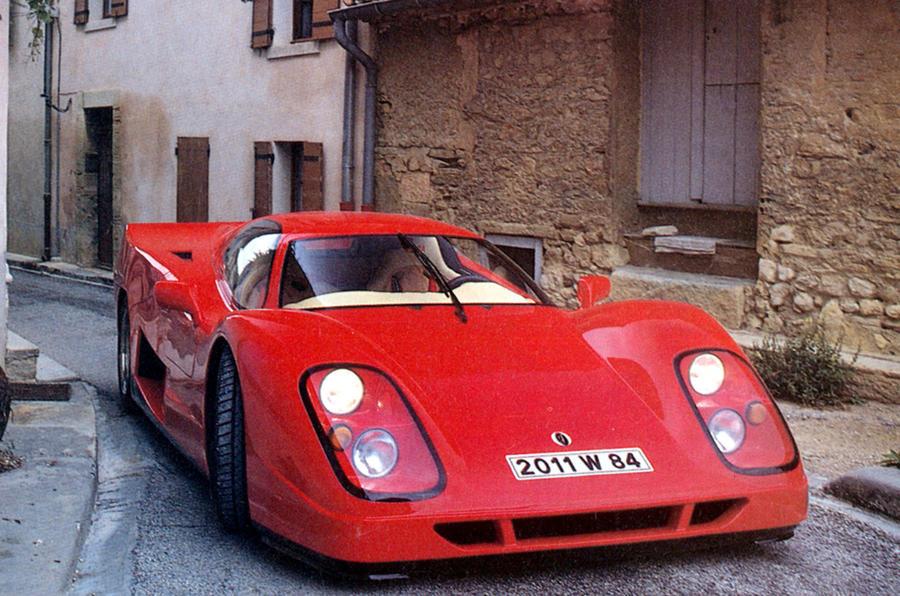
Interestingly powered by a 4-litre W16 built around four Yamaha FZR1000 superbike heads actuating a single crankshaft, the Novia was supposed to hit 217mph, but nobody found out whether it would because it disappeared.
TVR Speed 12 (1998)
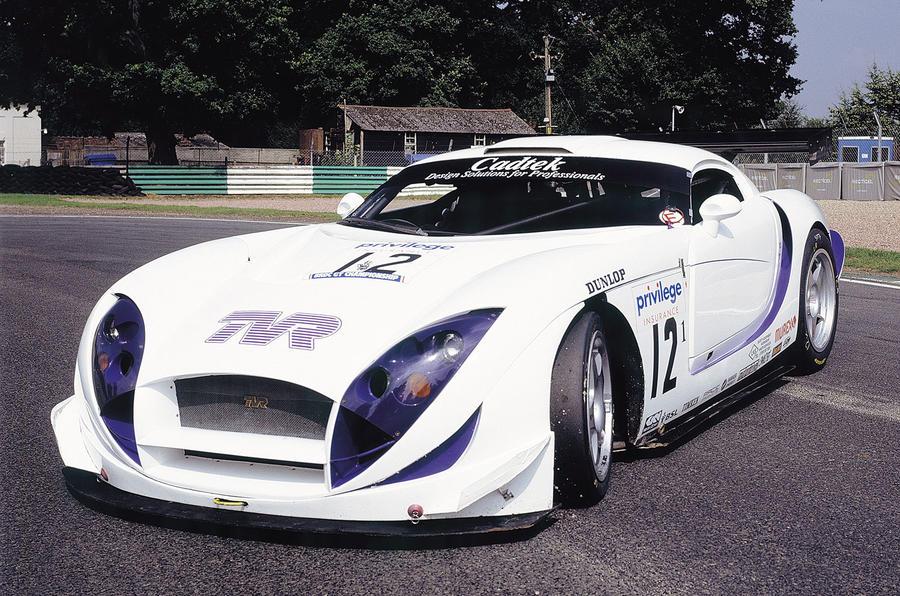
Officially binned by TVR boss Peter Wheeler as being ‘too fast for the road’, the Speed 12 churned out 880bhp from its 7.7-litre V12, making it arguably the ultimate TVR. A handful of cars were made.
VW W12 (1998)
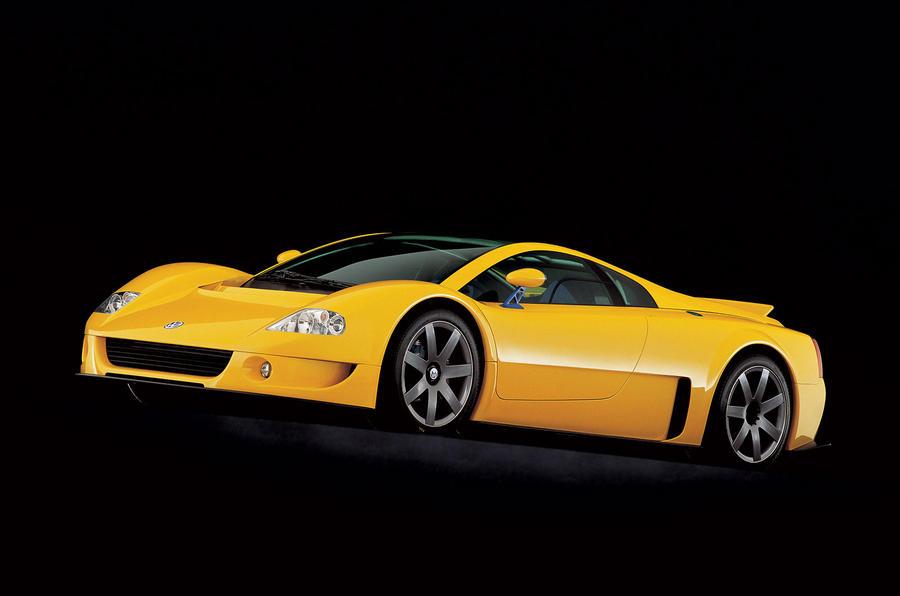
Volkswagen promised to build its 5.6-litre W12 coupé concept if the public wanted them to. The predictably positive reaction generated a roadster edition, but it was submerged by a wave of other supercar development in the VW Group.
Qvale Mangusta (2000)
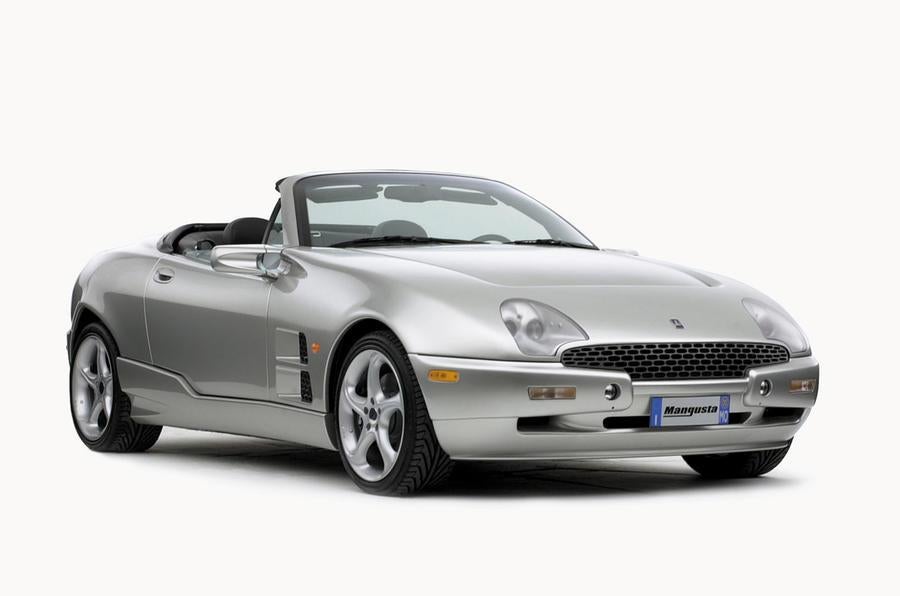
Beginning as the De Tomaso Bigua, turning into the Qvale Mangusta and eventually becoming the MG XPower SV, all three had Ford-sourced 320bhp 4.6-litre quad-cam V8 engines to give a top speed of 150mph in the Mangusta.
Laraki Fulgura (2002)
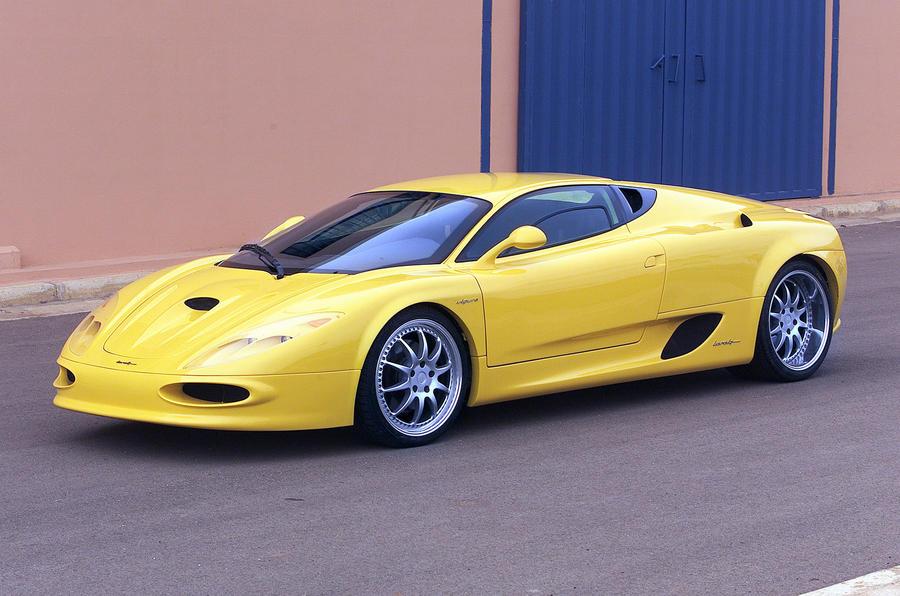
Laraki showed a new supercar at the Geneva motor show every year from 2002, eventually giving up in 2005. The Fulgura had a quad-turbo 680bhp Mercedes 6-litre V12, a claimed 219mph top speed, and a €500,000 price ticket. Nobody wanted one.
Barabus TKR (2006)

Not a Brabus, but a Manchester-built carbonfibre special with a 1005bhp twin-turbo 7-litre V8 and a claimed 270mph top speed. It went away but has sort of returned as the Keating TKR which has actually been tested at 260mph.
Tony Middlehurst is a writer for AutoCar.
Join our commenting forum
Join thought-provoking conversations, follow other Independent readers and see their replies
Comments